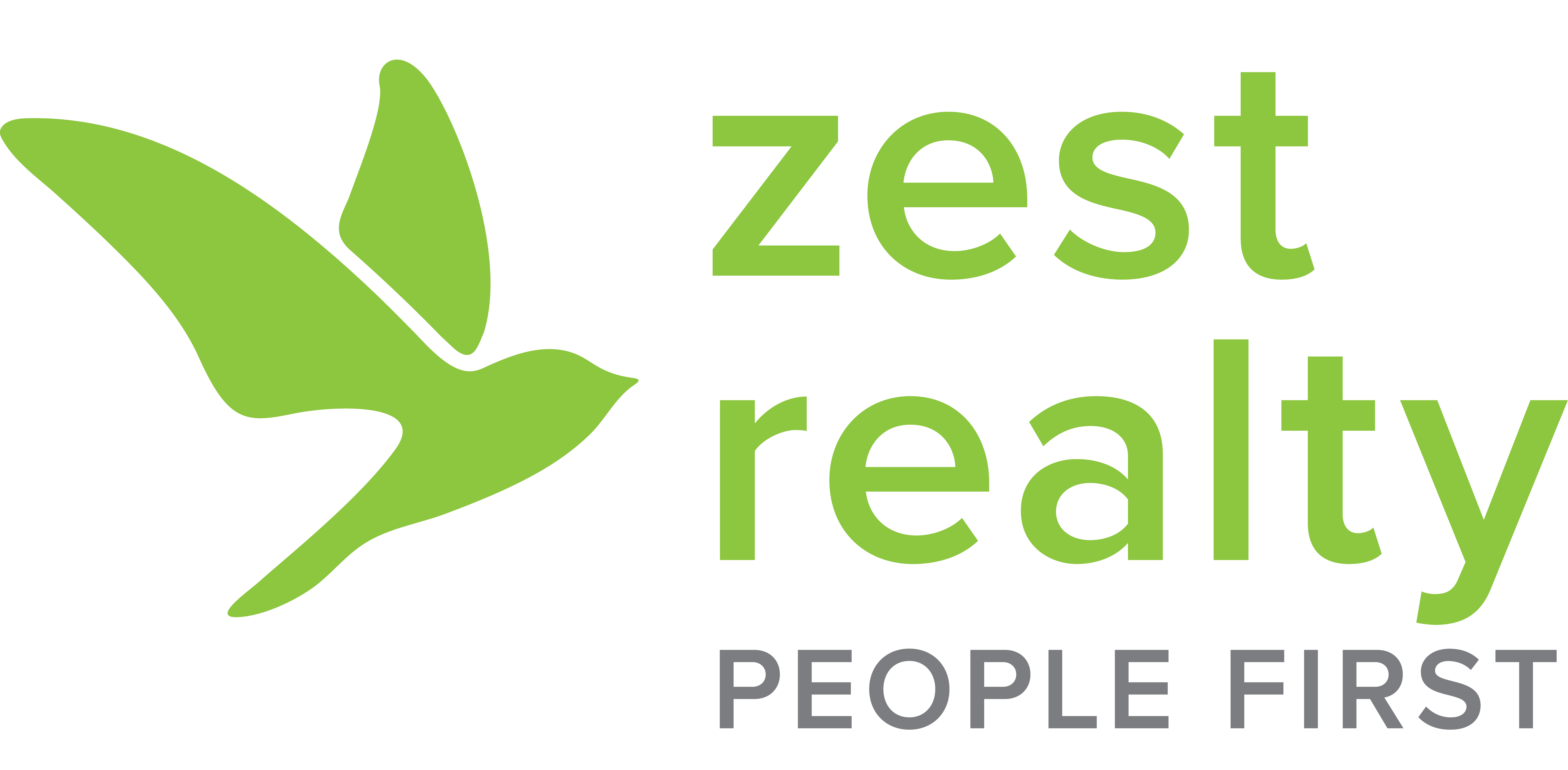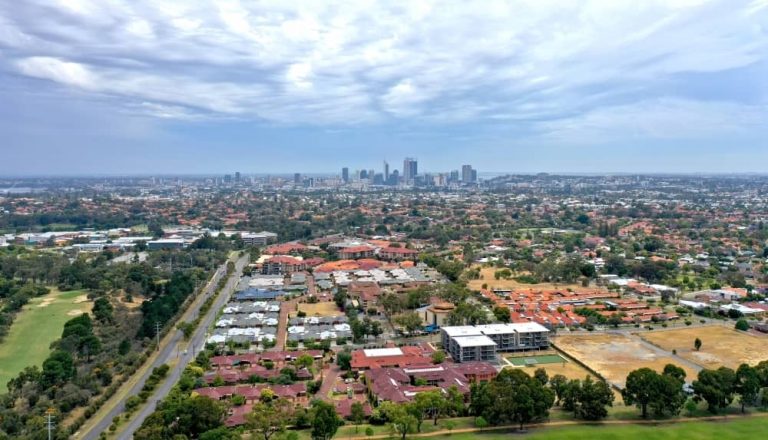The Closing Stage: Your Step-By-Step Guide
The road to homeownership can be long and full of challenges, but reaching closing day will make the effort worthwhile. There is typically great excitement and relief when you sit down to close on your house. You may also feel a bit anxious. The process can be complicated, but you should have no difficulties if you prepare and are organised.
Section 1: Preparing for Closing Day
On closing day, you can easily be overwhelmed by the process. You can save yourself some stress if you review the closing disclosure. Additionally, take a few minutes to double-check that everything on the documents is correct.
You will need the funds for closing costs and a downpayment. Typically, you should bring a certified cheque or proof of a wire transfer because cash and personal cheques are not usually acceptable forms of payment.
Aside from the money, you will need a few documents, including:
- A form of identification, like a driver’s license or passport
- The Closing Disclosure for comparison to the final paperwork
- Proof of homeowners insurance
Section 2: The Closing Process
On closing day, you can expect to spend around two hours reviewing paperwork, usually over 100 pages, and signing your name on many of the documents.
Typically, there will be a few people at the closing.
- The closing agent representing the lender or title company
- Lawyers for one or both parties
- Buyer
- Seller
- Relators
- Lenders
Once everyone assembles, the transaction usually goes along these lines
- You will go over a series of documents related to your home settlement. Many of these are standard disclosures, but there are several papers you should review carefully before signing, such as:
- The promissory note – This commits you as the buyer of the house to make payments
- The Mortgage – The document that gives the lender to foreclose if you do not make payments
- The escrow disclosure – This explains charges that go into your monthly payment to cover taxes and insurance.
- The right to cancel form – This form acknowledges you have three business days to change your mind about the purchase
- Deed of trust- An agreement between a home buyer and a lender at the closing of a property. It explains that the buyer will repay the home loan, and the mortgage lender will hold the legal title until paid in full.
Section 3: After Closing
After all of the signatures, you will get the keys to your new home. While you will likely be very excited, you may not know what to do next. Here are some tips to help the transition into your new home.
- Tie up any loose ends at your former residence, such as changing your mailing address and transferring utilities.
- Change the locks on your new place
- Check smoke alarms
- A thorough cleaning is in order
- Inspect for pests
- Find your gas and water shutoff valves
- Update your address on all legal documents
- Unpack and enjoy your new home
Conclusion
Remember to come prepared on the day you close on your new home. Be calm, even if everything is not as quick or smooth as you would like. Creating a checklist can help you feel confident that everything is in order, at least on your end.
Having your buyer’s agent or a legal representative with you is a smart idea, as they can look over all documents in search of any discrepancies or errors.
Be sure to prepare in advance so you understand the process and be ready to spend an hour or two completing the closing. It will all be worth it once the keys are in your hands.









